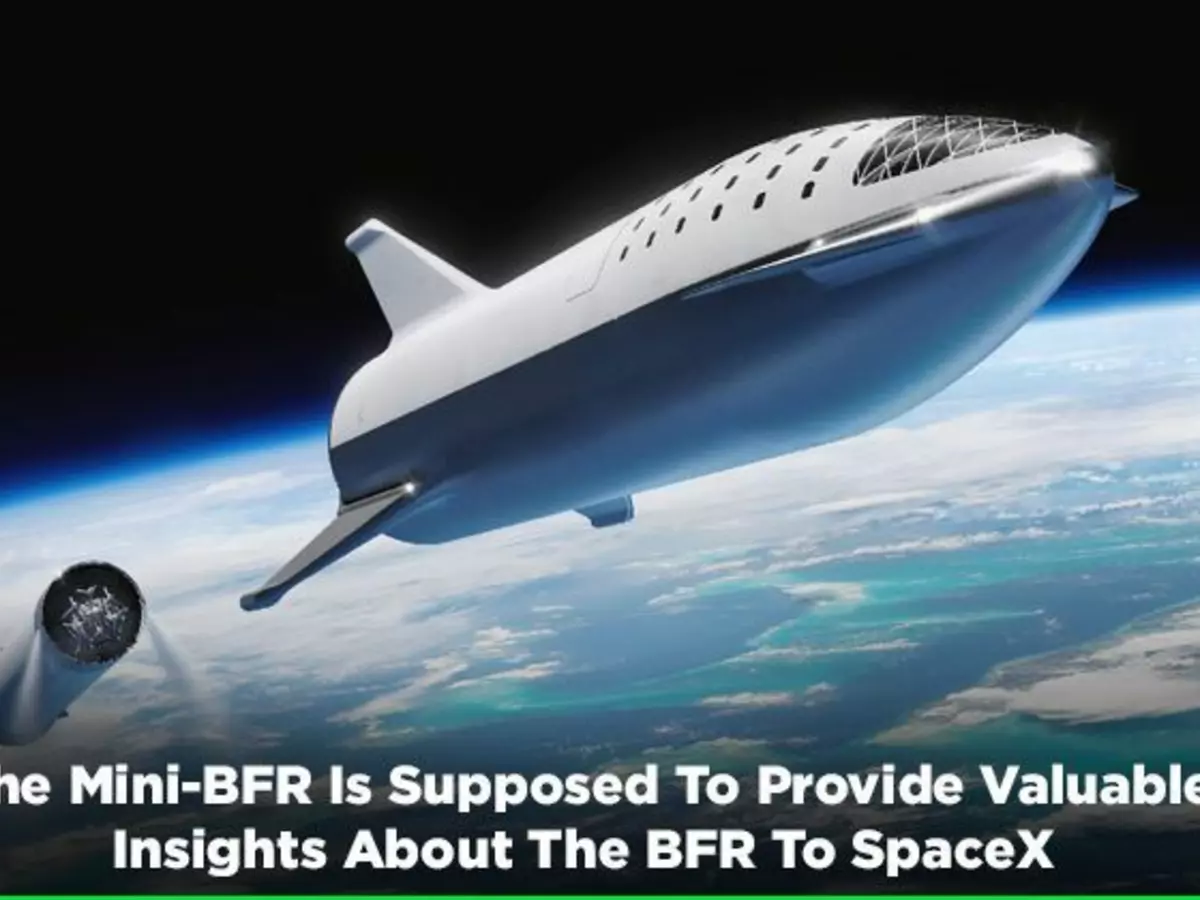SpaceX Will Be Launching A Mini-BFR Next June To Test Its Rocket Transportation Technology
Elon Musk had shared one of his numerous futuristic transportation ideas back in 2016 and had called it the Big Falcon Rocket BFR. The BFR is supposed to be a super-heavy launch vehicle that will propel SpaceX&rsquos long sought dream to colonise Mars. Musk has recently tweeted about a younger sibling of it a mini-BFR as he calls it making a flight soon. The winged miniature of the BFR will be launched on top of a Falcon 9 or Falcon Heavy rocket.

Elon Musk had shared one of his numerous futuristic transportation ideas back in 2016 and had called it the Big Falcon Rocket (BFR). As the name suggests, the BFR is supposed to be a super-heavy launch vehicle that will propel SpaceX¡¯s long sought dream, to colonise Mars. However, somewhere along the line, the tech entrepreneur imagined another use of the BFR, to travel anywhere on earth in under an hour, at a whopping speed of 27,000 kmph.
While the BFR is still far from reality, Musk has recently tweeted about a younger sibling of it, a mini-BFR as he calls it, making a flight soon. Purpose? The winged miniature of the BFR will be launched on top of a Falcon 9 or Falcon Heavy rocket to, well, educate the company about the BFR¡¯s development.
Mod to SpaceX tech tree build: Falcon 9 second stage will be upgraded to be like a mini-BFR Ship
¡ª Elon Musk (@elonmusk) November 7, 2018
Now that¡¯s one way of learning from experiments, of course, putting in line at least millions of dollars. A part of the "SpaceX tech tree build", the launch and recovery of the mini-BFR is expected to provide valuable insights to the engineers and other personnel working at SpaceX about the BFR¡¯s design and other tangibles. The part that makes it crucial, is the fact that the BFS will be a stepping stone in SpaceX¡¯s move from Falcon 9 to BFR.

BFR Render. (SpaceX)
Another reason, and a more compelling one for this flight, is that the company wants to test the ¡®ultra light heat shield¡¯ and ¡®high Mach control surfaces¡¯ on the BFR, which cannot be tested without orbital entry.
Won¡¯t land propulsively for those reasons. Ultra light heat shield & high Mach control surfaces are what we can¡¯t test well without orbital entry. I think we have a handle on propulsive landings.
¡ª Elon Musk (@elonmusk) November 7, 2018
In successive tweets, Musk revealed that the rocket will take flight in June next year. Now that is pretty soon to develop and test a spacecraft from scratch. So its either that the BFR has already seen enough of advancement for the company to come up with its miniature version or, the second stage of the Falcon 9 will be modified to look like a mini-BFR, by altering the attached heat shield and fins. As per experts, the latter option seems to be more viable. That, or the fact that Musk has again been over ambitious with his deadlines.
Musk also tweeted that the tests will be taking place at the SpaceX South Texas Launch Site, currently being built in Boca Chica Village, Texas.
